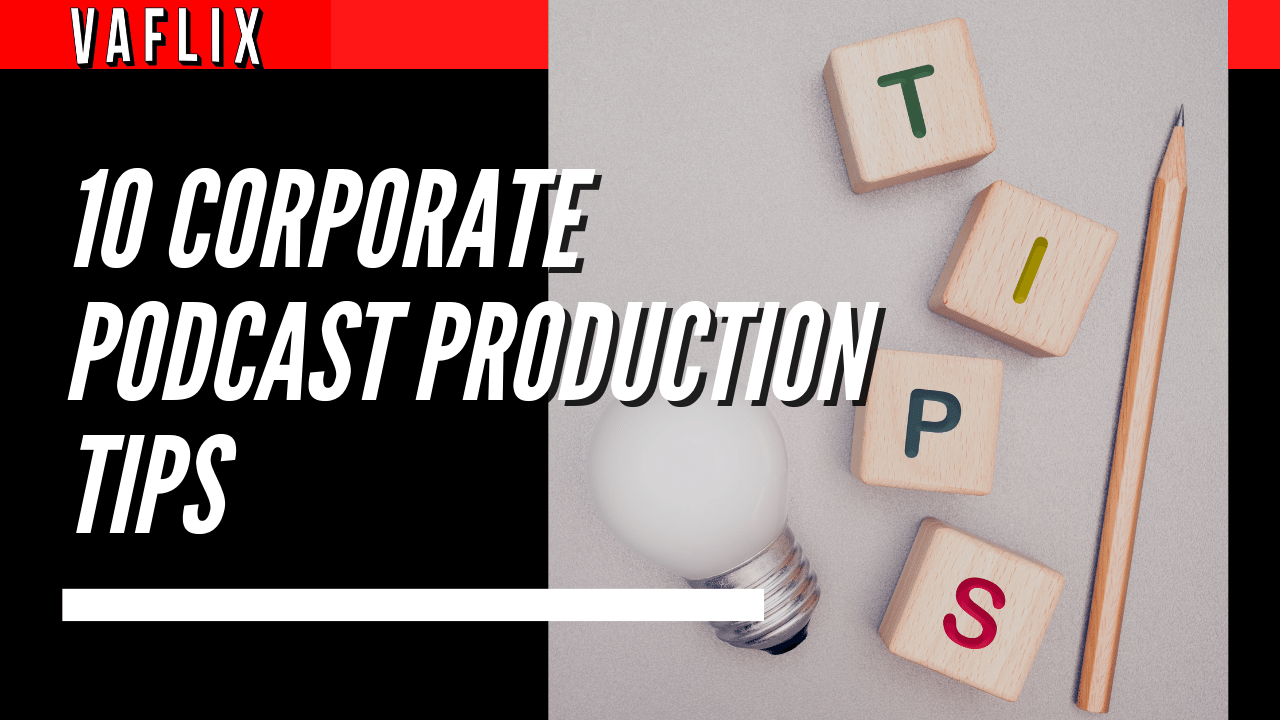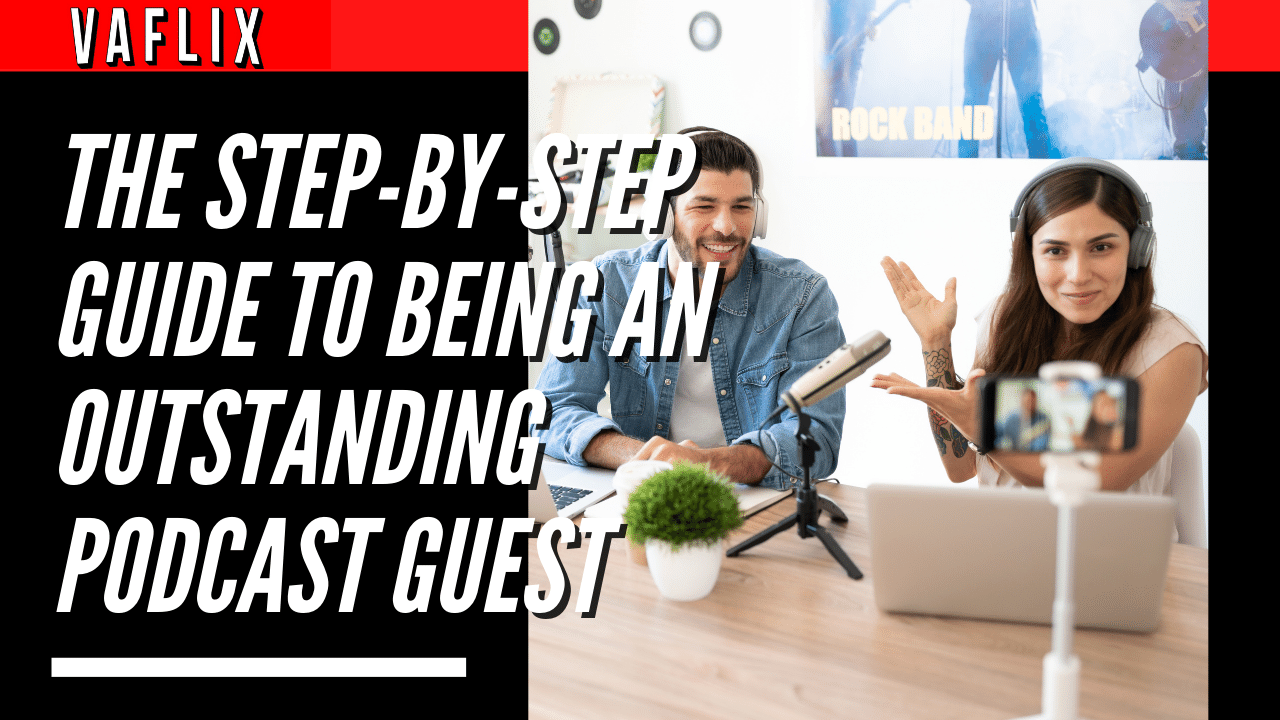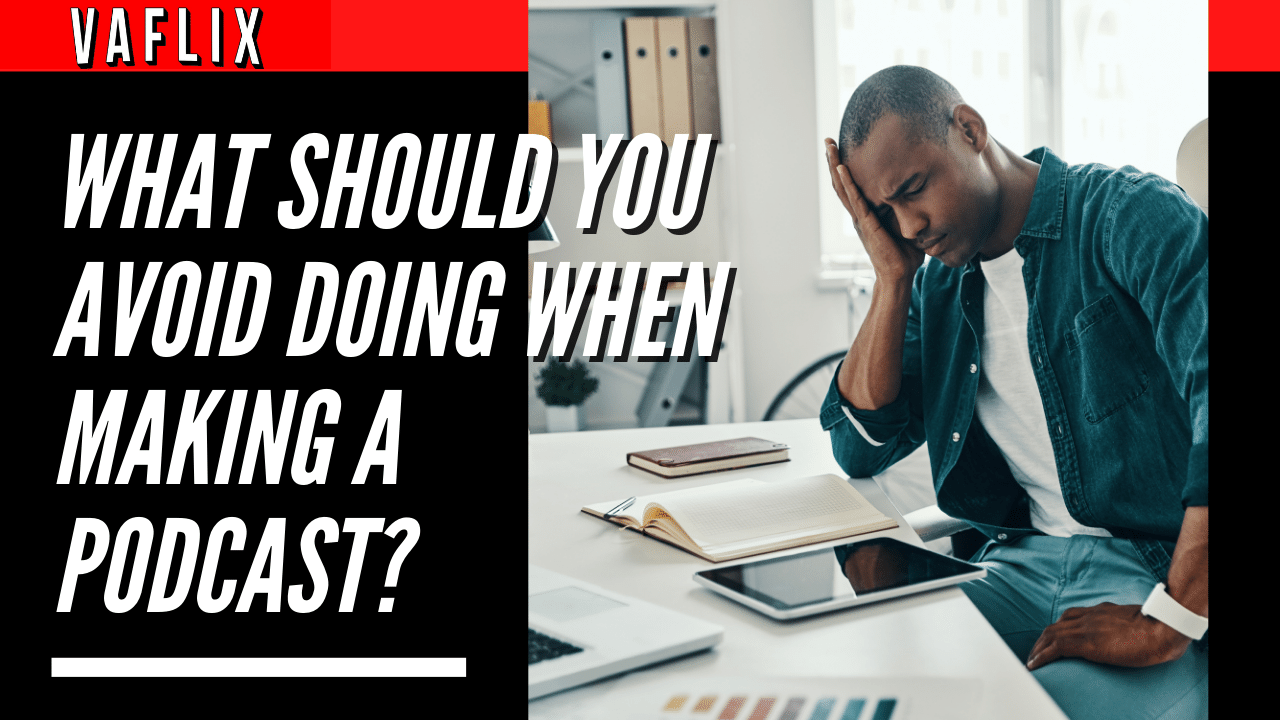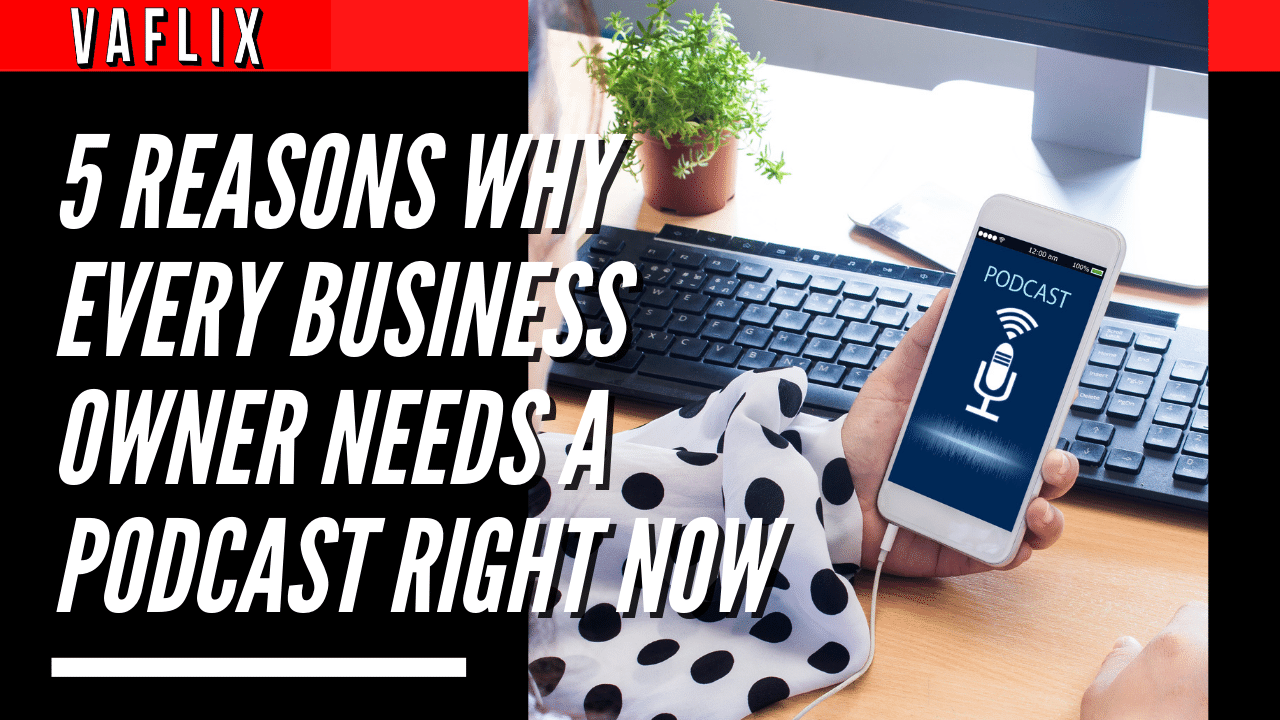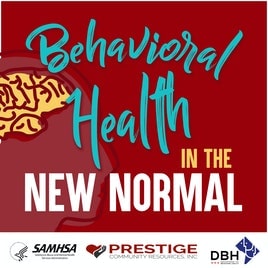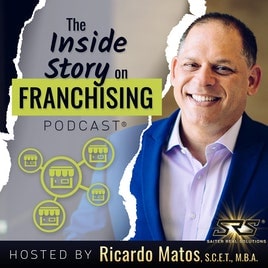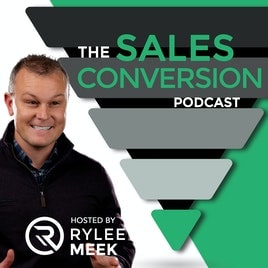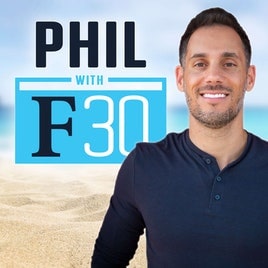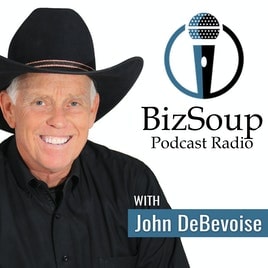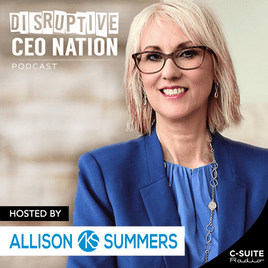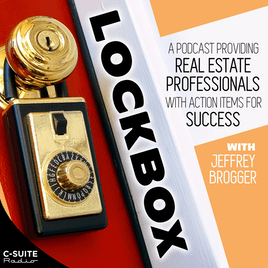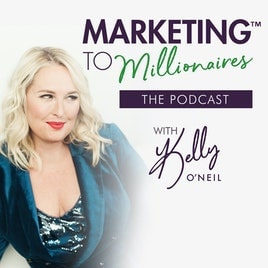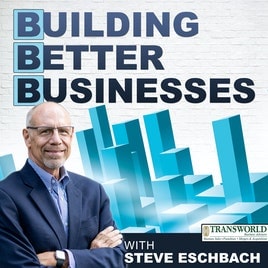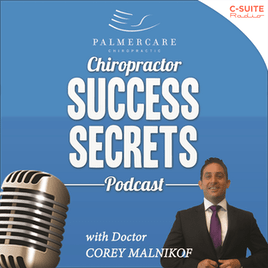10 Corporate Podcast Production Tips
Thinking of Hiring a Podcast Production Agency?
Because of the ever-increasing popularity of podcasts, an increasing number of businesses are beginning to invest in audio. Companies are coming to the realization that podcasts are a crucial strategy for their company’s marketing strategy, thought leadership, and brand intimacy, and they are beginning to implement this realization. Nevertheless, beginning production on a program when you may not have the necessary technical expertise or enough time to support such an endeavor might seem quite intimidating. The good news, though, is that getting a podcast up and running doesn’t have to be too difficult (with the right help).
To get things started, what precisely is meant by “corporate podcast production”? The act of putting up a program and bringing it to life on behalf of a company is referred to as “corporate podcast production.” There is the pre-production stage, the production step, and the post-production step. These are the three primary steps.
Take some time to familiarize yourself with the podcasting process and do research to determine which podcast companies best meet your requirements before you go out and get your recording gear.
This guide will provide you with our top ten suggestions about what to think about from the perspective of podcast production. These suggestions will not only make the process simpler, but they will also make it far more enjoyable. We would also like to point out that most of these stages, if not all of them, will most likely be completed in collaboration with the production agency that you have hired.
Let’s get started.
1. Plan in Pre-Production
The pre-production phase of your podcast entails taking an all-encompassing look at the project. At this point, it is important for you to:
- Set your Objective
What are your motivations for starting a podcast? Where do we ultimately want to end up? You have a responsibility to learn the purpose of this information. There are a variety of objectives that a company could pursue, including the following:
- Awareness
- Relationship Building
- Lead Generation
- Thought Leadership
- Decide on your Target Audience
Who exactly are you hoping to have listen to your podcast? Why are they going to pick your program, and what new value are they going to get out of it? If you are able to provide answers to these questions, you will be able to modify your material so that it is targeted toward a certain demographic of your audience and, eventually, convert listeners into customers (if that is one of your company’s objectives!).
Determine Budgets
- Make sure that you and your leadership team have settled on a definitive budget for the project and that you have begun keeping a record of the expenditures before taking any first measures. You will be able to correctly allocate resources and operate within specified boundaries if you have a budget that has been calculated in advance.
Choose a Host.
- Having a capable presenter is very necessary for the success of your podcast. It is essential to choose a person who will assist you in capturing the appropriate tone and voice, in addition to having the capacity to connect with an audience. You have the option of selecting someone from within your organization who is knowledgeable about the subject matter, such as the CEO or founder. Alternatively, you have the option of outsourcing the role to a professional TV host, an actor, or someone notable within your specialized field who can assist you in drawing in listeners. It is essential that you remember the importance of variety (for the sake of representation), charisma, and subject matter competence.
Pick a Podcast Title and Cover Art.
- Make sure that the title of the podcast and the cover image are both distinctive, easily recalled, and relevant to the overarching concept of the show. Most of the time, your album’s title or cover art is what draws in new listeners and compels them to keep coming back for more.
Decide on Length
- Your podcast’s runtime will be determined by the kind of material you’re putting out there in the world. The duration of the vast majority of podcasts may vary anywhere from half an hour to two hours. If you want people to listen to what you have to say, keeping it under forty-five minutes is a smart rule of thumb to follow.
Choose your structure and format.
What will the format of your podcast be? There are several options, including:
- Interview Style
- Solo Discussion
- Narrative
- Multi-Story
Some of these components will be used in each and every episode that you create, while others, such as your host, purpose, title, and cover art, will be tasks that you will only need to do once when you debut your series.
2. Invest in Quality Equipment
The next essential component of producing a podcast is the necessary hardware. Your podcast’s overall quality will be determined by the equipment you use, so it’s important to invest in decent gear.
Microphone
- Take into account the room in which you want to record when making the decision to purchase a microphone. Some microphones are superior to others in canceling out ambient noise, which results in your speech coming through much more crisp and clear than it would otherwise.
Dynamic microphones, such as the RODE Procaster, have a noise pick-up pattern that concentrates on the front of the microphone and less on the rear. This means that the microphone is catching your voice the majority of the time and not much else.
USB or XLR?
- The majority of podcasters who have a straightforward setup will find that using a USB microphone is significantly more convenient. All you have to do is connect the microphone to your computer, launch a recording program, and you’re ready to go!
- XLR microphones are the most expensive but also the most durable. They are a distinct kind of microphone that delivers a more balanced signal that separates the noise better than traditional microphones do. As a result, the sound that they create is often superior. However, you will not be able to use these microphones by just connecting them to your computer. You will need to make a greater financial investment in your setup since you will want XLR connections and probably other recording equipment. If you want to take your podcasting to a more technical level and view it as a hobby that will last for a long time, then we suggest that you finally invest in an XLR microphone.
Typically, we recommend clients purchase a USB microphone for their recordings.
Headphones
- A high-quality set of headphones is the next piece of hardware that you should look into purchasing for your setup. The finest headphones are ones that cover both ears and have noise cancellation built in. You can get away with using Bluetooth headphones that are comparable to AirPods or simply standard Apple headphones, but these headphones have a tendency to let in more noise unless they have noise canceling technology built into them.
- Gather all of the components needed to finish setting up your podcast, including microphones, headphones, cables, adapters, and anything else that could be required. Check to see that each one is fully charged and operating as it should. Before you use it to record your podcast, you should put each individual piece of equipment through its paces. You are interested in knowing how it sounds when you speak into it as well as how simple it is to use.
3. Picking the Right Recording Software
A professional recording studio is the ideal environment in which to capture audio for a podcast. However, because of the high expense of these facilities, the majority of podcasters record their shows in their own homes or in other locations over which they have complete creative control. As a result of this, you will need to decide which recording program you will use.
RiversideFM is what we use here at VA FLIX. Because the audio and video are captured locally rather than being reliant on the strength of your internet connection, we have discovered that it is the most effective method for preventing any kind of technical difficulties. RiversideFM is without a doubt one of the most expensive choices available for a remote recording program. There is a large variety of possibilities available; nevertheless, it is important to pay attention to how the companies price their packages and determine whether or not they provide video recording services.
When the packages are dependent on the number of hours, it is simple to use them up much more quickly than you would anticipate. In addition, we have discovered that the majority of our customers really prefer having some kind of video option available while the recording is taking place. This allows them to view their guest or co-host, which gives the impression of a more genuine dialogue. Try out these 14 different pieces of software for remote recording.
In conclusion, when it comes to recording your podcast – even if this tip may seem to be self-explanatory – be sure to choose a quiet location. It is crucial to make sure that you are able to regulate the noise levels that are present, such as echoes, road noise, and background noises like the air conditioner or the heater.
4. Don’t Skimp on Sound Quality
It is important to focus on quality, particularly when producing podcasts for businesses. Listeners have access to a wide variety of programming thanks to platforms like Apple and Spotify, which each host millions of podcasts. Potential listeners will go on to other programs if your program is known for having poor audio quality and stands out from the competition.
Not only does the gear you use to record have an effect on the sound quality (although this does play a significant role), but so does the way you record. When you are recording, you should position the microphone roughly one to two feet away from your lips (to prevent muffles), and there should be no echoes behind you.
In addition to this, you need to be familiar with how to properly talk into your microphone. We are aware that it may seem to be self-explanatory, but you may be astonished by the number of individuals who get it wrong. Invest some time into learning as much as you can about the microphone you want to buy. For instance, with the Blue Yeti microphone, there is a common misconception that the microphone’s tip should be positioned such that it points toward the user’s lips. The Blue Yeti, on the other hand, does not pick up your voice from the top of the microphone but rather from the sides.
5. Editing is King
Similar to blogging, audio editing is one of those abilities that can be taught by one’s own initiative. Many podcasters admit that after producing their first few episodes, they had no clue what they were doing in terms of audio engineering and that they struggled to figure it out. You may acquire some fundamental editing abilities through free courses that are available online; just do a search for “audio editing tutorials.” Additionally, the majority of software applications come equipped with their own built-in help systems.
After you have a recording that you can utilize, use Audacity or another application of your choice to go over it section by section, often focusing on one part at a time. A noise reduction effect is included in the majority of audio editing software, even the free versions (Audacity and GarageBand), and it helps to minimize the impact of continuous background noise.
Be careful to keep notes as you go through the process so that when the time comes to mix, you can go back to your edits and make any adjustments or additions that are required before continuing the production of the episode.
Again, the process of editing your podcast will most likely be handled by the podcast firm that you work with. Nevertheless, there is no harm in attempting to obtain a better understanding of how the process works.
6. Choose Memorable Music
A good number of us experience our feelings via music. Studies of the brain will tell you that your mind responds in a great variety of different ways to the sound of music, and that music has a tendency to trigger powerful sensations in people. Therefore, it is only logical that each and every presentation should have some kind of musical accompaniment.
All the resources on this list are free and safe to use for your podcast from a legal perspective.
And here are some paid music platforms:
7. Publish Your Podcast Strategically
When it comes to the development of corporate podcasts, timing is of the utmost importance. Consider the times of day that your audience is most likely to tune in, and try to plan the release of your episodes so that they coincide with those periods. If you do this, you will be able to increase downloads and build a dedicated following.
Don’t stress yourself too much about the time if you’re just getting started. When people are just beginning their day, the evening and very early in the morning are ideal times to drive listeners to your show, which is why the majority of successful podcasters choose to post their shows at those times.
8. Consistency is key.
Be sure to maintain a consistent posting schedule so that listeners are aware of what to anticipate from your podcast.
Maintaining a regular release schedule for your business podcast will result in the following benefits:
- Set Expectations. Because so many people listen to a wide range of podcasts on a weekly basis, it is essential that they be able to have faith that their favorite programs will be released at the appropriate times. When one is just getting started, this is of the utmost significance.
- Establish a point of reference to build from It is possible that it may take you a few episodes before you are able to determine the approach that seems most natural to you in terms of how you ask questions, edit the program, etc. Maintaining a steady routine enables you to locate and settle into your groove more quickly.
- Enhance the performance. “Practice makes perfect,” as the old adage goes, and we’ve all heard it. Your work will improve if you remain consistent in the production and dissemination of material.
9. Create Processes and Procedures
Having a plan of action and a set of steps to follow that you can rely on makes life a great deal more manageable. The following are two suggestions that will help you simplify the procedure.
- Create a list of people who could attend your event and monitor them using a customer relationship management system.
- You may keep tabs on the different guest interview statuses and communication.
- You should always start with a template.
- It is essential, while developing a podcast, to standardize the process as much as possible. You are able to have templates for outgoing emails, Q&A templates, blog post templates, podcast script templates, and podcast artwork templates.
- You could use Google Docs in its regular form, or you might investigate using something like Notion. Text, tables, movies, toggle lists, to-do lists, workbooks, databases, and many other types of items, as well as a wide variety of others, may all be inserted into a page with the help of Notion’s intuitive drag-and-drop interface.
10. Outsource and Get Help!
The majority of people are under the impression that producing a podcast requires a significant amount of time and effort. Because there are so many other programs, it is essential that you establish a podcast that is professionally produced. As you continue to develop, you could discover that you are unable to do everything on your own. One option for getting assistance is to work with a consulting firm or an independent contractor.
When a customer comes to VA FLIX, we collaborate closely with them to determine the workflow and approach to work that will best meet the requirements of either the client themselves or the client’s organization.
You now have access to the 10 most helpful production suggestions for corporate podcasts that we have to offer. We are convinced that if you follow any of these recommendations, it will assist your show regardless of whether you are an experienced podcaster or just starting out in the industry.
PODCAST PORTFOLIO BELOW (Best View on Desktop) Click on “Full Screen” and tap left and right arrows to check the other slides.
VA FLIX PODCAST PORTFOLIO – PODCAST PRODUCTION AGENCY – PODCAST VIRTUAL ASSISTANTS by John Marzan
Podcasting Made Simple with VA FLIX
Wouldn’t it be amazing if you could simply press the record button, wait a few days (sometimes as little as 24 hours), and then publish and deliver a perfectly edited and ready-to-go podcast episode to your audience? No worries! You definitely can!
VA FLIX partners with professionals, busy entrepreneurs, business owners, and top brands to have professionally done podcasts in the most convenient way.
VA FLIX Podcast Productions’ dedicated team will not only take the hard work of post-production off your busy hands but will also relieve you of stress and help you grow your show and connect with your audiences. Our podcast editing service is operated by our own team of millennial audio engineers, talented show note writers, and producers who handle every aspect of your podcast after you record an episode.
You literally only have to record your episode and we’ll take care of the rest. That’s the simplest way to explain the service. We do the real hard work while you chill.
Your team at VA FLIX is a group of skilled professionals that offers:
PODCAST SERVICES FROM VA FLIX
- Launch strategy and podcast consulting.
We’ll first talk about what your podcasting challenges are, what you have tried so far, VA FLIX will discuss the things that you want to happen and how we can help you in leveraging your podcast to achieve your goals.
- Quality Assurance Check Before we Publish.
Your dedicated team will ensure your audio, show notes, artwork and scheduling are ready to publish.
- Audio editing and production.
Basic form editing or advanced multiple-track compilations, we’ve got you covered.
- Written show notes including quotes, links, and keywords for SEO.
Basic or advanced show notes writing services. Whether you need a new blog post or an essay. We write a brief summary and organize notes.
- Video Editing.
Whether you need basic video editing or advanced editing with an effects-driven show, we can help.
- Marketing Services.
We create or revamp your new or current podcast cover art for your podcast channel, we even personalize cover arts per episode, we’ll also include episodic artwork, media direction, marketing assets, or a new website. We’re happy to include Motion graphics for social media promotion
- Audio Leveling & Proper ID3 Keyword Tagging.
Polished and mastered audio files that fit the podcast standards.
- Transcribe your episode (for the all-in-one package).
Our services are intended to be as easy to use as PLUG-N-PLAY. You literally only need to record, and VA FLIX will do the rest. Podcast hosts are relieved that they now have more freedom to focus on the content and connect with their audiences, while we work on the other difficult aspects of podcasting.

